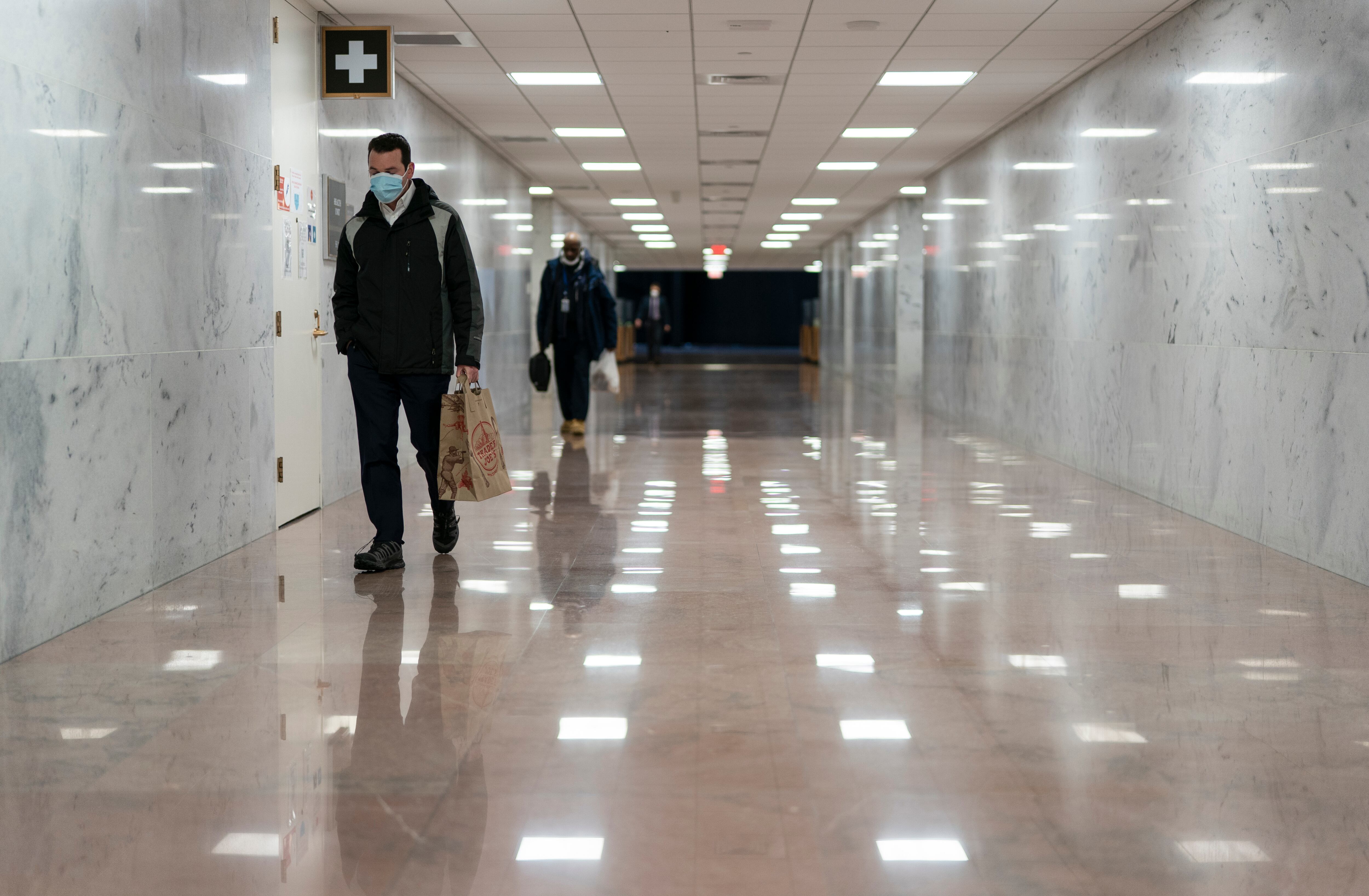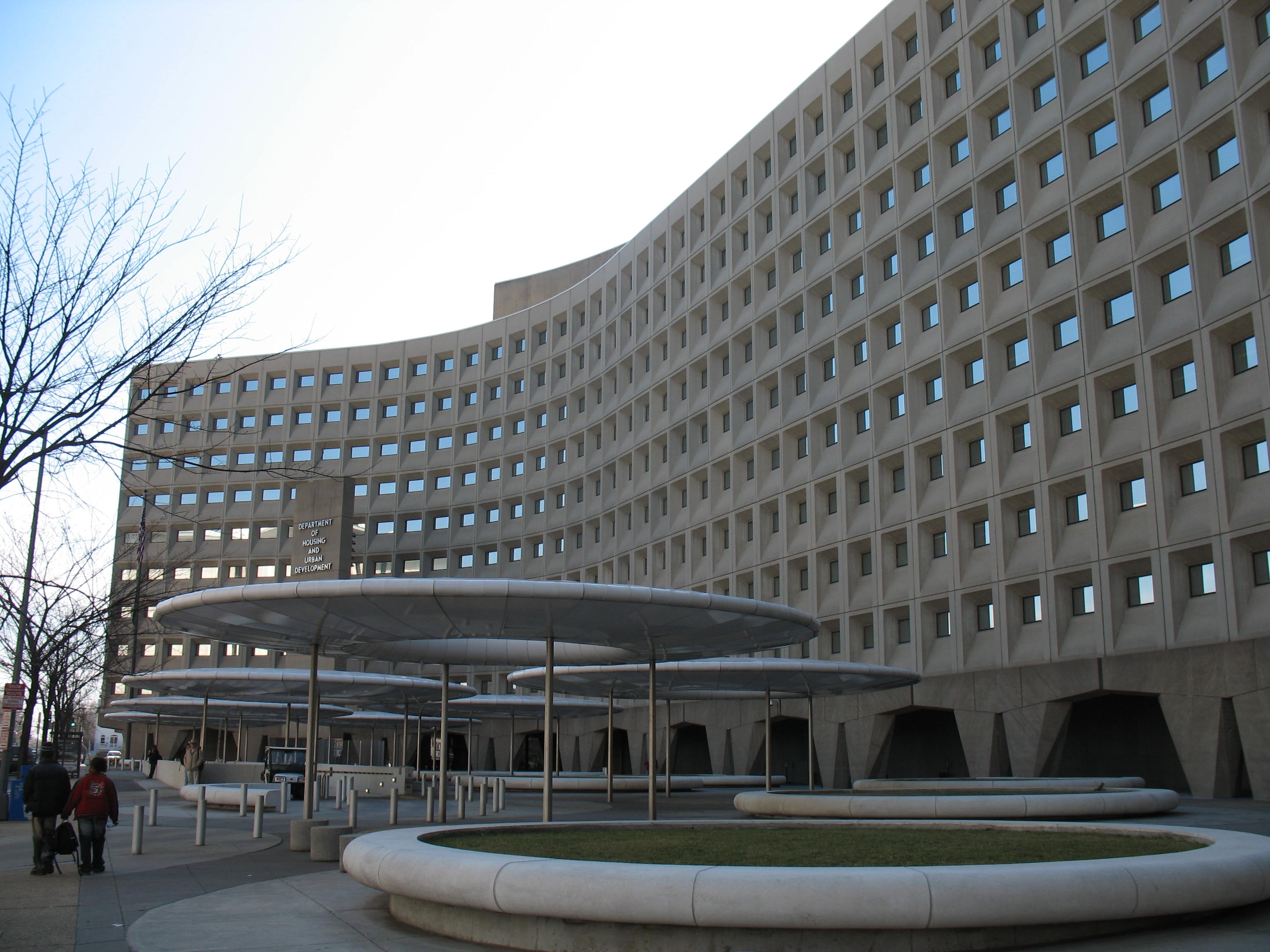The federal union representing some of the 20,000 employees at the Federal Emergency Management Agency is urging officials to keep up support for remote work agreements once it resumes approving them.
A FEMA spokesperson confirmed to Federal Times in an email that applications and approvals for remote work have been temporarily suspended for 30 to 45 days in a “pause” that began Feb. 22 while the agency reviews its implementation of its policy.
Steve Reaves, president of FEMA’s union chapter for the American Federation of Government Employees, told Federal Times that the agency is taking this time to clarify its remote work approval process because it has been applied inconsistently.
“Every case that’s rolled me in to help with their remote work application, they have been so spotty,” he said in an interview. “And there’s misapplication across the spectrum ... So we can clarify the actual policies that everybody’s applying because a lot of these deciding officials are applying their personal views on it instead of just professional.”
The agency hasn’t said that it’s planning to increase its in-person requirement over the next few months or upon the ending of the national emergency declaration on May 11, only that existing policies permitting telework will remain in effect. As of 2022, more than half of the agency’s workforce is telework eligible, according to employment data kept by the Office of Personnel Management.
RELATED

At FEMA and elsewhere in the federal government, such flexibilities are not new, thanks to the Telework Enhancement Act of 2010. FEMA had a telework policy codified in 2013 that was updated in 2021 and designed to allow managers the flexibility to make decisions on which and how many employees need to be working in-person, a spokesperson said. Differing ideas both within agencies and between Congress and the White House about whether flexibility should be offered this far “post-pandemic” have caused ripples.
“Managers and workers are going through a culture change,” Reaves said. “Historically, ten years prior to COVID, we argued with the agencies that telework would work, and it would save us all money. It would increase our happy scale ... COVID showed that that was true.”
Recent surveys on federal attitudes and productivity showed that organizational effectiveness indicators were higher among employees who teleworked frequently, according to 2022 data.
Kiran Ahuja, the director of the Office of Personnel Management, testified before Congress last week that flexible work schedules have mitigated attrition and attracted new entrants to the civil service, which the government needs to replenish its aging workforce and combat struggles with competing on pay.
Based on a sample of postings on USAJobs portal between June and October 2022, remote job announcements received 17 times more applications, on average, than non-remote jobs, according to her written testimony.
SHOW UP Act advances
Republicans in the House have advanced legislation — known as the SHOW UP Act — to revert telework agreements to whatever they were before the pandemic. Federal employees have taken to online forums to discuss and lament their agencies’ approaches to telework and remote work in the face of clashing ideologies between the Capitol and President Joe Biden’s policies for the government workforce.
“I think something might be afoot government wide,” said one user on Reddit. “Biden is old school and not a fan of remote work. Biden saying mission accomplished and ordering all feds outside of these exceptions back to work in May is easy politics.”
Reaves said attitudes trickle down, with some some mid-level managers taking “great pride” in saying they haven’t approved any remote work agreements. He said mixed perspectives on flexible work may stem from the fact that many of FEMA’s senior employees are former military or former law enforcement officers who may be used to expecting bodies in seats.
RELATED

To be sure, telework is not a right, Reaves said, and it’s not guaranteed. But for where it makes sense, he said it’s a good idea for the agency to shore up its implementation and its policy.
“The FEMA program embraces the premise that all positions are presumed suitable for some amount of telework even if the position’s official duties ordinarily require daily physical presence at the official worksite,” according to the agency.
Portable work
Agency policy states that for a FEMA employee to be approved for remote work, they must meet the eligibility criteria along with occupying a position that has “sufficient portable work.”
Management reserves the right, with one day notice, to require employees to return to the official duty location on scheduled telework days, based on operational requirements, according to the union’s 2016 collective bargaining agreement with FEMA.
As the future of telework and remote work government wide remains murky, Reaves said that flexibilities have a unique benefit for FEMA employees. He said his teams are as busy as they’ve ever been.
Even before the pandemic, which FEMA responded to by distributing millions of masks, gloves and other personal protective equipment, the 2017 and 2018 storm seasons demanded 10,000 personnel each while more than half of the agency’s cadres were staffed at 25% or less.
“In addition, many employees — up to 48% in some cases — declined deployments due to burnout and austere conditions in the field,” said a 2022 report by the Government Accountability Office.
And during the pandemic, for the first time in American history, there were 114 concurrent Major Disaster Declarations in every state, said Peter Gaynor, the former FEMA administrator, before the House in 2020.
“To encourage that top talent, we need telework to work,” Reaves said. “We need people to be able to call in and not quit. Because, listen, when you deploy out to these austere hurricane zones, or fire zones, or tornado scenes, it’s mass casualties. It’s hard on [employees] and it leads to a higher higher turnover rate than most most other agencies.”
Reaves also said telework and remote work entice employees to “agency hop,” even within other offices of the Department of Homeland Security.
FEMA employs emergency managers stationed at headquarters in Washington, D.C., and in 10 regional offices across the country.
“It’s really hard to come back from a disaster site and go into the office like everything’s fine after you’ve seen peoples’ whole lives wiped out,” Reaves said.
Editor’s note: If you need help or support, please call or text the Disaster Distress Helpline at 800-985-5990.
Molly Weisner is a staff reporter for Federal Times where she covers labor, policy and contracting pertaining to the government workforce. She made previous stops at USA Today and McClatchy as a digital producer, and worked at The New York Times as a copy editor. Molly majored in journalism at the University of North Carolina at Chapel Hill.





